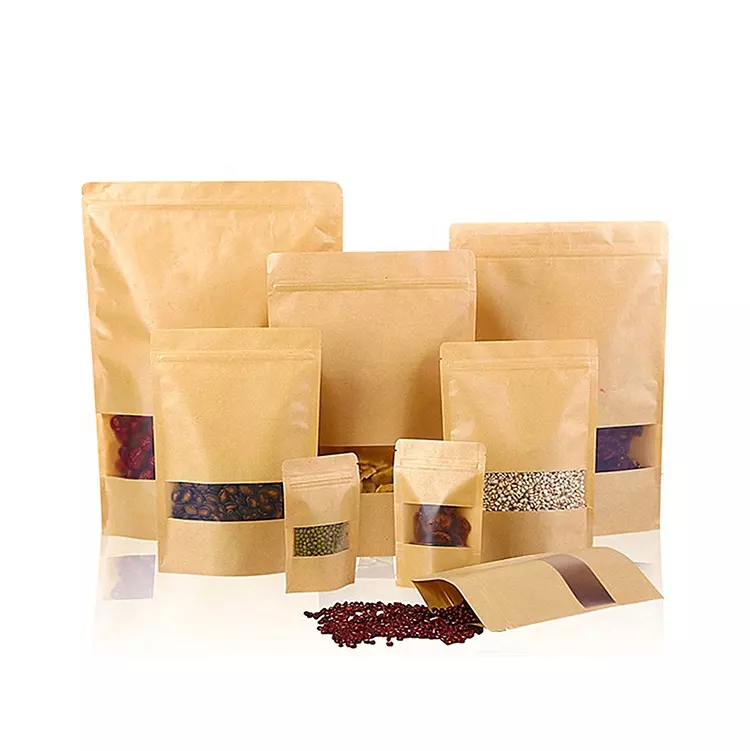- Afrikaans
- Albanian
- Amharic
- Arabic
- Armenian
- Azerbaijani
- Basque
- Belarusian
- Bengali
- Bosnian
- Bulgarian
- Catalan
- Cebuano
- chinese_simplified
- chinese_traditional
- Corsican
- Croatian
- Czech
- Danish
- Dutch
- English
- Esperanto
- Estonian
- Finnish
- French
- Frisian
- Galician
- Georgian
- German
- Greek
- Gujarati
- haitian_creole
- hausa
- hawaiian
- Hebrew
- Hindi
- Miao
- Hungarian
- Icelandic
- igbo
- Indonesian
- irish
- Italian
- Japanese
- Javanese
- Kannada
- kazakh
- Khmer
- Rwandese
- Korean
- Kurdish
- Kyrgyz
- Lao
- Latin
- Latvian
- Lithuanian
- Luxembourgish
- Macedonian
- Malgashi
- Malay
- Malayalam
- Maltese
- Maori
- Marathi
- Mongolian
- Myanmar
- Nepali
- Norwegian
- Norwegian
- Occitan
- Pashto
- Persian
- Polish
- Portuguese
- Punjabi
- Romanian
- Russian
- Samoan
- scottish-gaelic
- Serbian
- Sesotho
- Shona
- Sindhi
- Sinhala
- Slovak
- Slovenian
- Somali
- Spanish
- Sundanese
- Swahili
- Swedish
- Tagalog
- Tajik
- Tamil
- Tatar
- Telugu
- Thai
- Turkish
- Turkmen
- Ukrainian
- Urdu
- Uighur
- Uzbek
- Vietnamese
- Welsh
- Bantu
- Yiddish
- Yoruba
- Zulu
Affordable Pricing for Quality Tea Packaging Pouches
The Economics of Tea Packaging Pouches Pricing Insights
When it comes to enjoying a cup of tea, the flavors, aromas, and health benefits are paramount. However, an often overlooked aspect that plays a significant role in this experience is the packaging. Tea packaging pouches not only serve the practical purpose of containing the product but also impact the product's freshness, shelf life, and ultimately, the consumer's purchasing decision. In this article, we will explore the factors influencing the prices of tea packaging pouches and the implications for both manufacturers and consumers.
One of the primary factors that determine the price of tea packaging pouches is the material used in their construction. Common materials include plastic, paper, and foil, each with its inherent properties that affect cost. For instance, plastic pouches are generally less expensive to produce than foil pouches, which offer superior barrier properties against moisture and oxygen. Consequently, higher-quality foil pouches often come at a premium price, reflecting their ability to preserve the tea's integrity over time.
The Economics of Tea Packaging Pouches Pricing Insights
Moreover, the size of the packaging pouch also plays a role in pricing. Smaller pouches may cost less in material and production but can incur higher costs per ounce of tea. Conversely, larger pouches might provide economies of scale, allowing for lower per-unit costs. Consumers often face a dilemma between opting for smaller, more affordable pouches to try new flavors and investing in larger pouches that promise greater value for regular tea drinkers.
tea packaging pouch price

Sustainability is another critical factor influencing the pricing of tea packaging pouches. As consumers become more environmentally conscious, brands are responding by adopting eco-friendly materials, such as biodegradable plastics and recycled paper. While these sustainable options often come with increased costs, brands may choose to absorb some of those expenses to maintain competitiveness or pass them onto consumers who are willing to pay a premium for environmentally-friendly products. The perception of sustainability can significantly influence a consumer's buying decisions, adding another layer of complexity to pricing strategies.
In addition to material costs and design considerations, logistical factors also contribute to the overall pricing of tea packaging pouches. The sourcing of materials, production location, and transportation costs can vary widely, especially in a globalized marketplace. For example, pouches produced in countries with lower labor and material costs may lead to lower overall product prices. On the other hand, rising fuel costs and supply chain disruptions can increase expenses and, consequently, retail prices.
Furthermore, the competitive landscape in the tea industry cannot be ignored. With numerous brands vying for consumer attention, pricing strategies are often influenced by market trends and consumer behavior. Brands may engage in pricing wars, leading to temporary reductions in the cost of tea packaging pouches. Conversely, unique or niche brands may command higher prices if their product is perceived as premium or artisanal, directly affecting the price consumers are willing to pay.
For consumers, the price of tea packaging pouches can also serve as an indicator of quality. Many shoppers have learned to equate higher prices with better quality and freshness. However, it's essential for consumers to be critical and discerning, comparing product reviews, ingredient sourcing, and packaging claims before making purchasing decisions.
In conclusion, the pricing of tea packaging pouches is influenced by several factors, including materials, design, sustainability, logistics, and market dynamics. For brands, understanding these elements is crucial in positioning their products effectively in a competitive market while appealing to an increasingly conscious consumer base. Meanwhile, consumers should remain informed about these factors to make educated decisions that align with their values and preferences. Ultimately, the right packaging does more than just hold tea; it enhances the overall experience and connection between the consumer and their favorite beverage.













